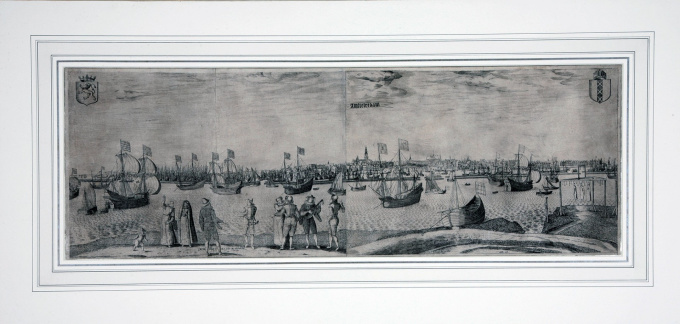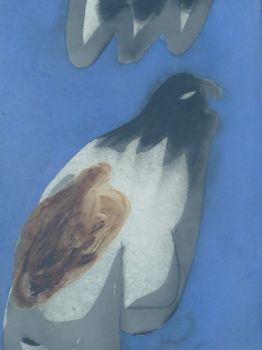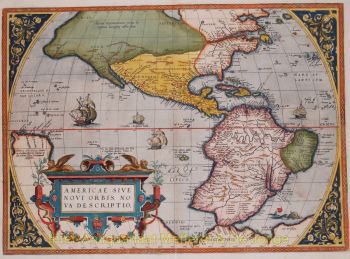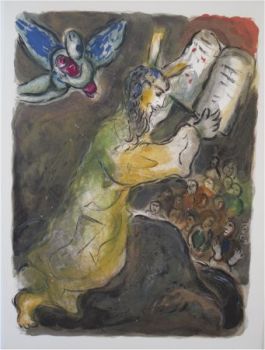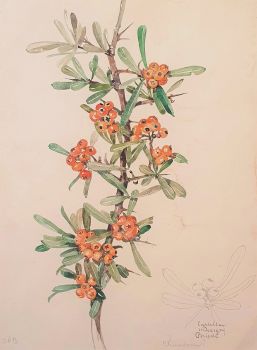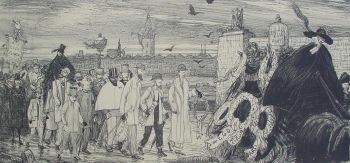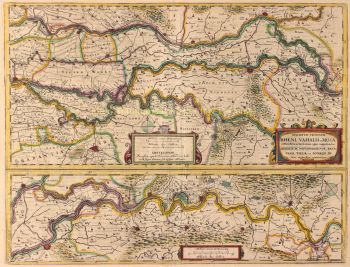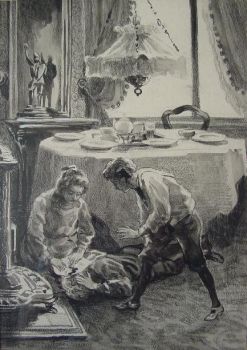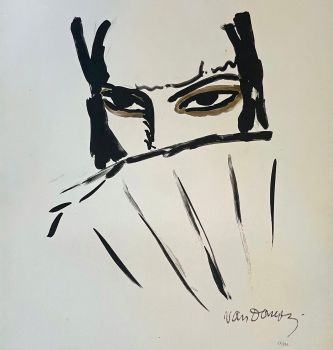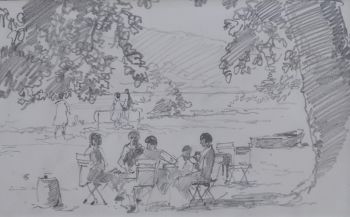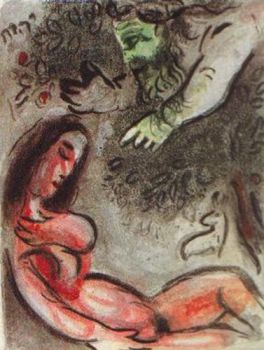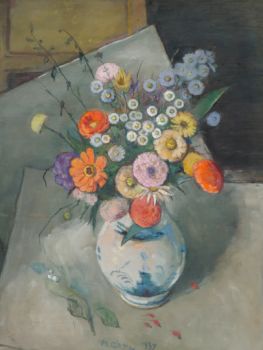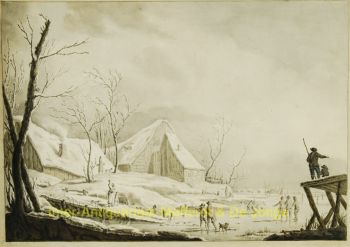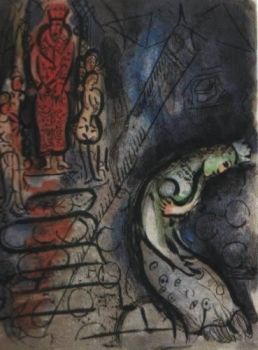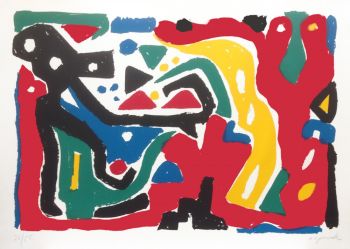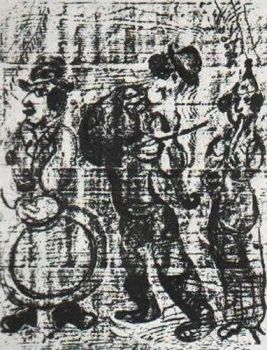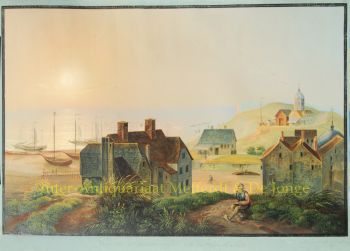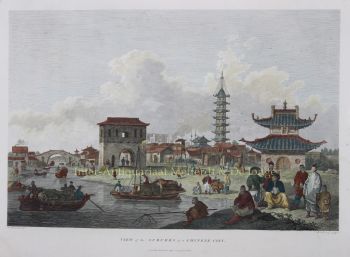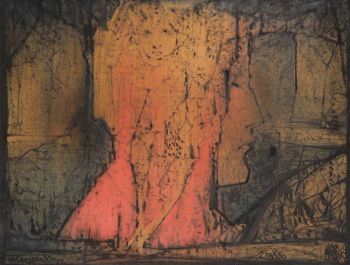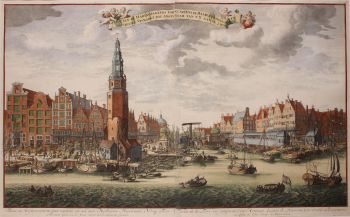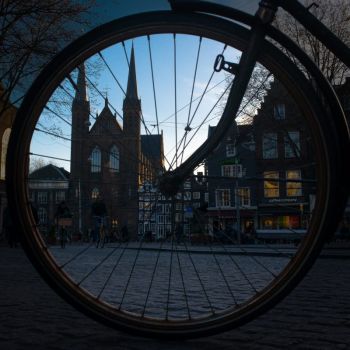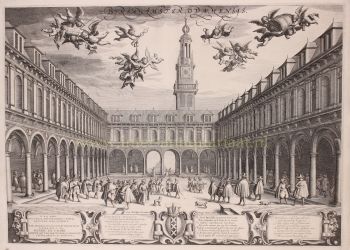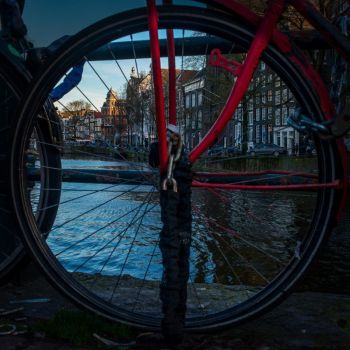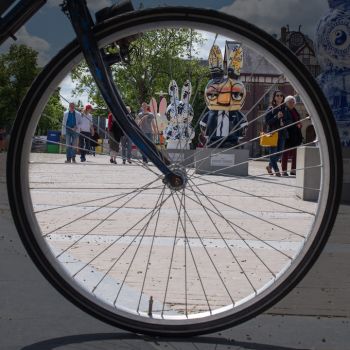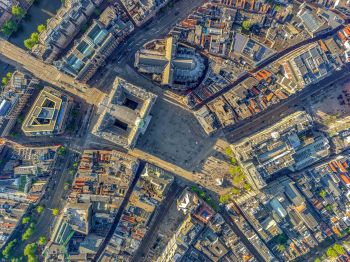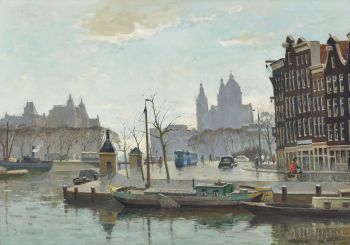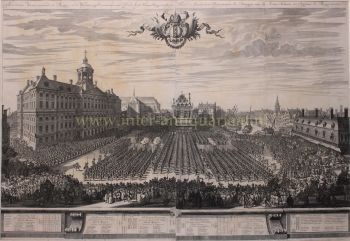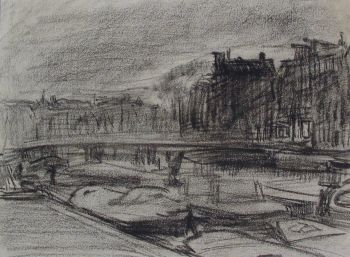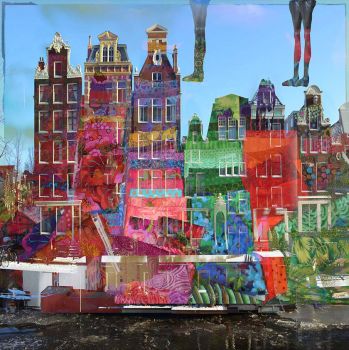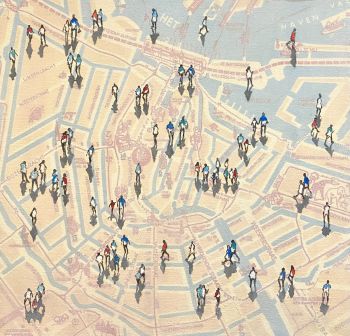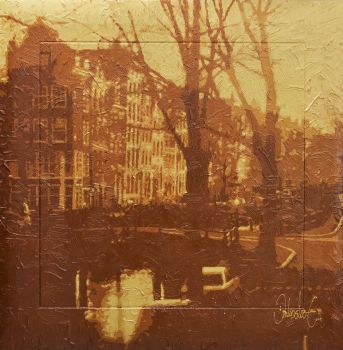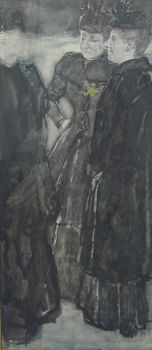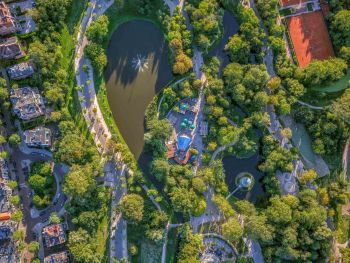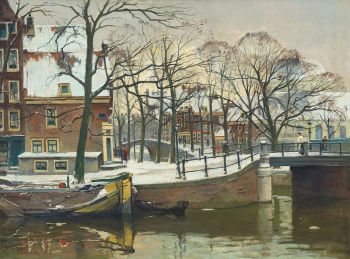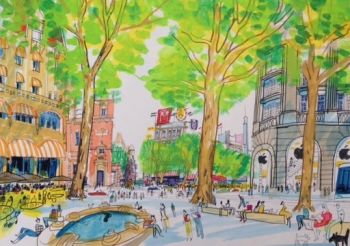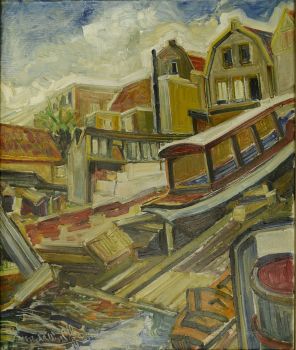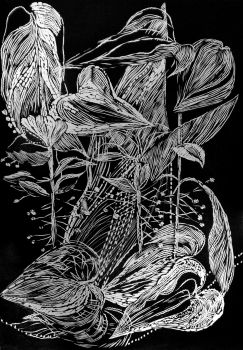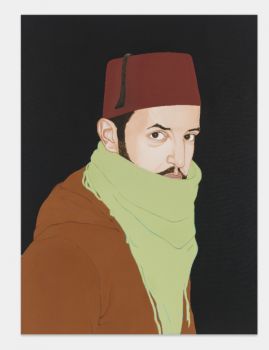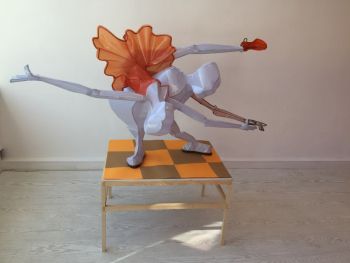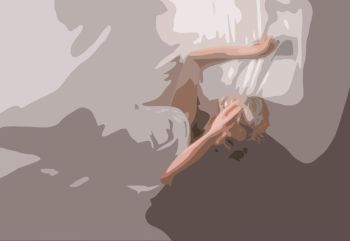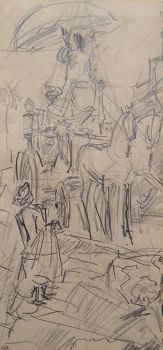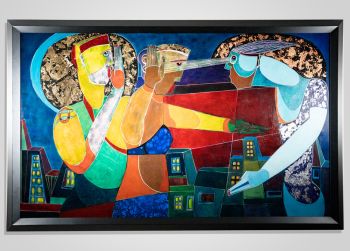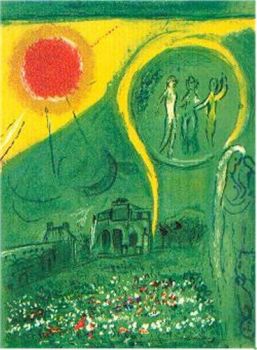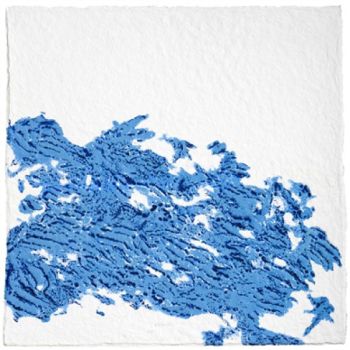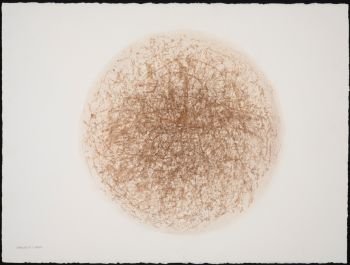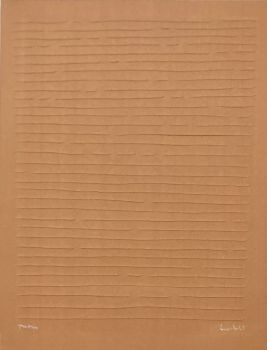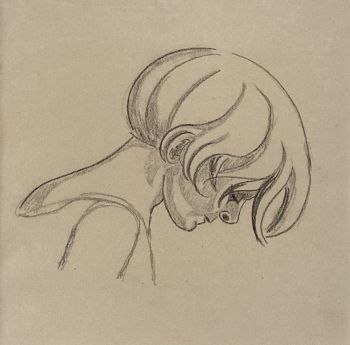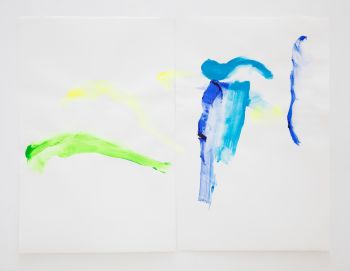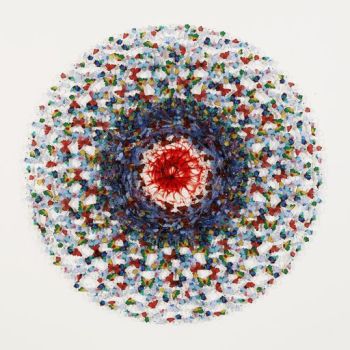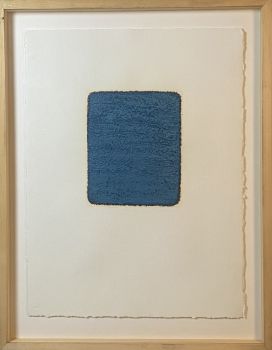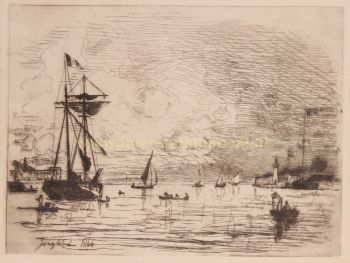Important 16th-century view of Amsterdam as seen from the IJ 1599
Pieter Bast
InkPaper
27 ⨯ 76 cm
ConditionExcellent
Currently unavailable via Gallerease
- About the artworkAmstelredam. [Antwerp], Pieter Bast, 1599.
Large engraved panorama on 2 sheets (ca. 27 x 76 cm as assembled).
Framed.
Rare first state of a 16th-century view of Amsterdam as seen from the inlet known as the IJ made by Pieter Bast, a Dutch engraver from Antwerp best known for his city map of Amsterdam and this view. "In its amplitude and the sheer audacity of the presentation, this engraving is indisputably one of Bast's most significant creations. It is as much a portrait of the harbour of Amsterdam as of the city itself and underscores the unique importance of maritime trade as the principle source of the city's wealth and power". With its distinctive orientation he not only initiated the series of representations of Amsterdam as seen from the IJ, but also "established the standard for an entire genre of Dutch maritime painting" (Keyes). In 1611 a second state (edition) was published by Claesz Jansz. Visscher, who drastically altered the composition.
In very good condition.
Hollstein I, p. 168, 8; Keyes, Pieter Bast 8 and p. 19. - About the artistBast was born in Antwerp, and was the child of Josyntje Plantin, who was part of the famous printer Plantin family. On 31 August 1601 he married Aryaentje Geryt Schaecken in Leiden. The following year he bought a house next to the Latin School.
Career
Pieter Bast engraved maps and cityscapes of Dutch cities. He worked on a map of Emden. He also worked as a surveyor. The most famous of his works was the map of Amsterdam that he drew and engraved in 1599. It covered a total of four blades and is titled Amstelodamum, Hollandiae urbs primaria, emporium Totius Europae celeberrimum. Since 1544 there was no accurate city map of Amsterdam, so this work has historical significance. The map was published on 1 October 1599 by bookseller-publisher Harmen Allartz or Alardi. The card was signed Petr. Bast Au (ie auctor) et sculp (sit) et excudebat, 1599, which indicates that Pieter Bast was also editor.
Later career
Pieter Bast made further engravings of Middelburg, Dordrecht, Leeuwarden, Franeker, Leiden, and Utrecht. He also made engravings of historical events such as the siege and the capture of Nijmegen as part of the Dutch Revolt by Maurice, Prince of Orange on 14 October 1591, the Battle of Nieuwpoort. Other artists he collaborated with include Floris Balthasar and Johan Sems. He was buried in St. Peter's Church in Leiden.
Artwork details
Related artworks
Jan Sluijters
Original illustration of Sluijters for the book: 'Laura's opstel'1881 - 1957
Price on requestKunsthandel Pygmalion
1 - 4 / 24Samuel Dejong
Anatomia Blue Heritage, Atlas Closed2017 - 2019
Price on requestVilla del Arte Galleries
1 - 4 / 24Unknown artist
Two study portraits of Mas Marco Kartodikromo 1900 - 1950
Price on requestZebregs & Röell - Fine Art - Antiques
1 - 4 / 24

